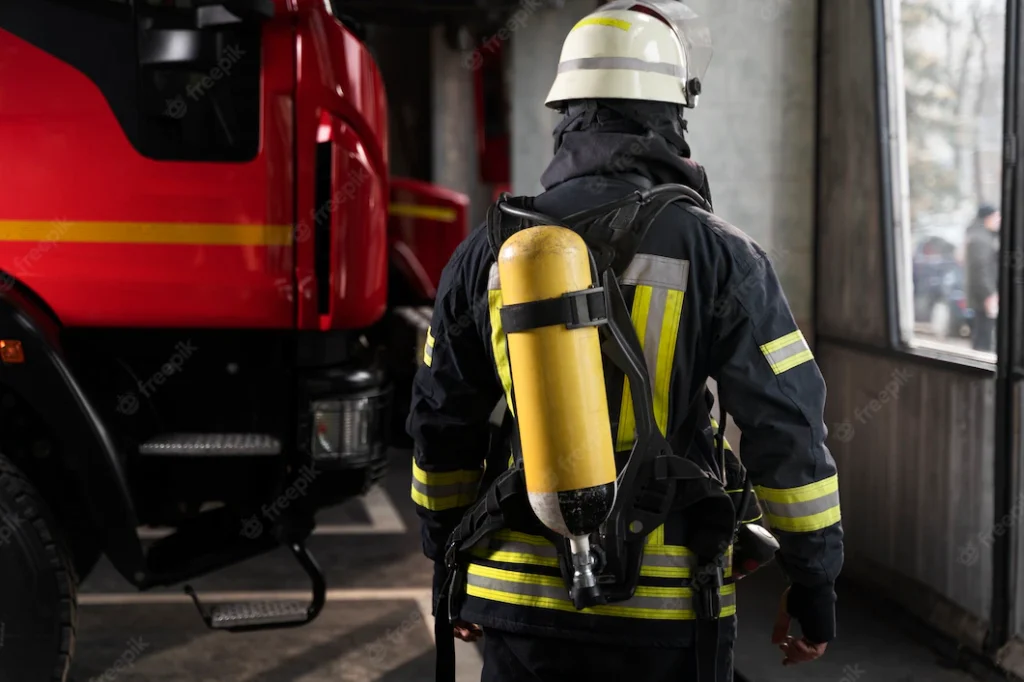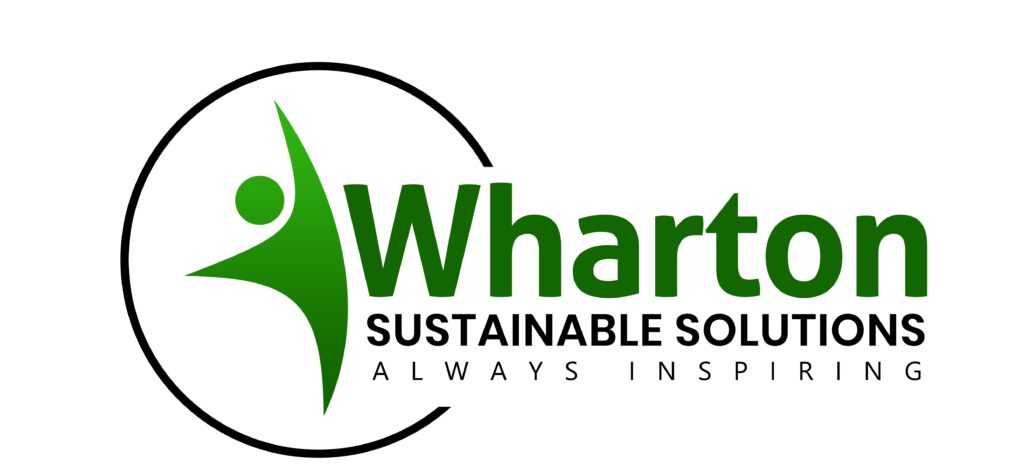Request a call back
Electrical Safety:
Duration: Half day/Full day
Training Mode: Face to Face/ Virtual
Scope: Training content, Delivery, Awarding Certificate


Fire safety:
With the increase in construction of high rise-buildings, new smart cities in plan and coming up of new industrial zones, fire safety continues to be a concern due to rise in number of fire accidents now a days. Fire safety becomes very important and requires adequate measures to reduce the possibility of fire accidents and loss. In-adequate planning of the buildings & commercial area and lack of evacuation plan and insufficient monitoring of fire protection systems leads to major fire accidents which would have been avoided by just simply following the already in place rules and regulations and by timely auditing such systems.
The catastrophic fire accidents can be well averted by being complied with national building code and by following the safety measures.
Absolute safety from fire is not attainable in practice but most fires are preventable. The safest way to deal with fire is to prevent it.
Fire safety audit in a building is an effective way to assess whether fire safety systems are in place and are in compliance with National Building Code of India which clearly stresses on fire prevention, fire protection and life safety measures.
Part 4 of National building code of India covers the requirement for fire prevention, life safety in relation to fire and fire protection of buildings. The code specifies occupancy wise classifications and protection features that are necessary to minimize the danger of life and property from fire.
Fire in a building / workplace / commercial complex, loss of precious lives and damage to property & materials can be avoided by awareness and regular fire fighting and evacuation training to the occupants.
Duration: Half day/Full day
Training Mode: Face to Face/ Virtual
Scope: Training content, Delivery, Awarding Certificate
Chemical safety
Chemicals play a large part in our everyday lives today. Everything from cleaning products in our homes to industrial chemicals in our workplaces contain potentially hazardous ingredients with the possibility of causing harm to users. In most jurisdictions some form of chemical safety is mandatory for employees handling dangerous goods and must be appropriate to their duties.
In a work environment, it is important to ensure your employees have adequate knowledge of the potential risks associated with chemicals to ensure safe handling and use. This can be achieved with the introduction of a Chemical Safety training programme provided to all employees who may be exposed to the hazardous chemicals. There are a number of benefits to providing Chemical Safety training in the workplace including; reducing the risk of a serious incident involving hazardous chemicals, ensuring full compliance with the relevant regulations and developing a positive health and safety culture associated with the use of chemicals and ensuring your employees feel safe and confident in their roles.


Height work safety
Working at height remains one of the biggest causes of fatalities and major injuries. Common cases include falls from roofs, ladders, and through fragile surfaces. ‘Work at height’ means work in any place where, if there were no precautions in place, a person could fall a distance liable to cause personal injury (for example a fall through a fragile roof down an unprotected lift shaft, stairwells).
Employers need to create awareness about height work safety through trainings among their employees which deals with preventive strategies to prevent fall and control measures to minimize the consequence of fall.
Duration: Half day/Full day
Training Mode: Face to Face/ Virtual
Scope: Training content, Delivery, Awarding Certificate
Workplace hygiene
Hygiene is an important and critical part of the life of any human being. The importance of hygiene can be best understood by the fact that almost every religion on earth has preached hygiene. The benefits of hygiene are not only limited to the physical structure of a human being, it also influences some psychological behaviors. It creates self-confidence, boosts morale and uplifts the self-esteem of a person.
Why is hygiene so important? Why has man converted his forests and lands into cleaner roads and proper societies? The answer is simple. Hygiene is a measure of a person’s way of life. A person having good self-hygiene not only enables himself to feel comfortable in his skin but it also helps others around that person, to work in comfort. A person with good values will never ignore his personal hygiene.
Every workplace has its norms and policies. Cleanliness and personal hygiene are always part of these norms and policies. All businesses have a dress code. This dress code is a part of the self-hygiene of employees. Maintaining proper hygiene at the workplace is very important for the good reputation of businesses. Both the official authorities and the employees need to take care of hygiene. No boss would want a dirty person to represent his company in the market or in front of the public. Similarly, no employee would want to work in a firm with dirty restrooms, cubicles, and the environment. The contribution of both parties is essential for the good reputation of the firm.
Duration: Half day/Full day
Training Mode: Face to Face/ Virtual
Scope: Training content, Delivery, Awarding Certificate


Machinery safety
What is the first thing you think about when designing and/or installing an automated production system? What’s the last? It is a sad fact that the last thing may well be the first in importance, which is the safety of the machines for their human operators, together with the area in which they are situated. Whilst considerations such as cost-effectiveness and efficient production line layouts are certainly critical to the smooth performance of an automated system, more important is that it should pose no threat to human health or life.
Fatal injuries recorded by the Health and Safety Executive in the manufacturing industries averaged 22 workers per year over the past five years. The largest percentage of these were due to employees falling from a height, but the next highest percentage was due to contact with a machine. Contact with machinery is also responsible for a significant percentage of the 60,000 non-fatal injuries to workers that occurred in the 2016/7 period. In order to contain any further rise in these statistics, it is important to focus on what measures can be taken to protect both people and machines from accidental damage.
Employer may minimize the risk of machinery by creating awareness among their operator and workers.
Duration: Half day/Full day
Training Mode: Face to Face/ Virtual
Scope: Training content, Delivery, Awarding Certificate
Housekeeping and 5S implementation
Housekeeping in a work environment means more than just dusting off shelves or running a mop across a floor. Proper housekeeping in workplaces ensures a safe work environment, and can go a long way to making sure employees are safe and injuries are infrequent.
5S is amongst the first and fundamental steps implemented by an enterprise towards the path of implementing Total Quality Management and continuous improvement at the operation level.
5S is a process designed to organize the workplace, keep it clean, maintain effective and standard conditions. It translates to good discipline and enables individuals to maintain good work environment
The employer may avoid injuries through awareness about 5S and also improves the productivity by maintaining smooth operations.
Duration: Half day/Full day
Training Mode: Face to Face/ Virtual
Scope: Training content, Delivery, Awarding Certificate


Scaffolding safety
Scaffolds are widely used on site to get access to heights and areas that would be otherwise hard to get to. Unsafe scaffolds has the potential to result in death or serious injury.
It is estimated that in today’s construction industry, an incredible 2.3 million construction workers perform some type of work on scaffolds, which is roughly 65% of the construction workforce. With so many workers exposed to hazards from scaffolds, scaffold safety needs to be a priority.
There are numerous types of scaffolds, including supported, suspended, and rolling. Scaffolds are crucial in the construction industry, and save both time and money when used properly. However, there are several concerns that employers and employees alike must be aware of when erecting, working on, or disassembling any type of scaffold.
Our competent trainers may help your workers to gain in depth knowledge about the scaffold safety
Duration: Half day/Full day
Training Mode: Face to Face/ Virtual / Live Demonstration
Scope: Training content, Delivery, Awarding Certificate
Defensive Driving
Defensive driving describes the practice of drivers who consciously reduce the dangers associated with driving. Defensive driving techniques reduce the likelihood of a collision or incident and can even save costs related to vehicle maintenance and fuel consumption, by driving smoothly and steadily.
Awareness is key to defensive driving, ensuring you are aware of potential hazards and other road users’ actions around you, enabling you to take pro-active action to avoid an incident. To enable you to anticipate hazards, look 15 seconds ahead, giving yourself time to react. Aim to always scan your mirrors and look beyond the vehicle in front as this will help you to be aware of possible hazards before it is too late.
There are various defensive driving courses available, however, for many drivers, the key habits of this driving style can be learnt just by acting more pro-actively and maintaining focus at all times, keeping yourself aware and able to pre-empt any hazards.
Duration: Half day/Full day
Training Mode: Face to Face/ Virtual / Live Demonstration
Scope: Training content, Delivery, Awarding Certificate

